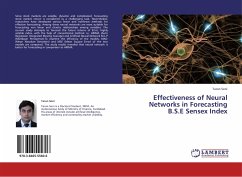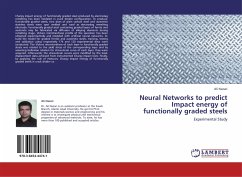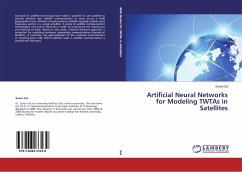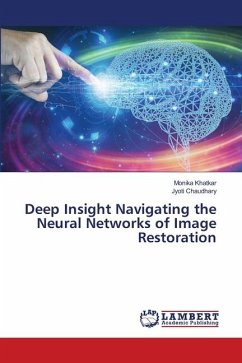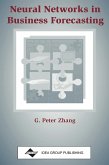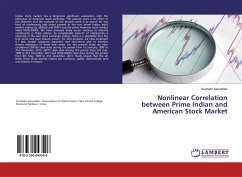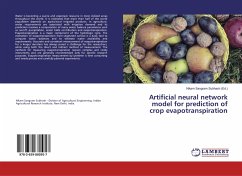Since stock markets are volatile, dynamic and complicated, forecasting stock market return is considered as a challenging task. Nevertheless, researchers have developed various linear and nonlinear methods for effective forecasting. Among these neural networks are most suitable for forecasting non linear and chaotic relationships among variables. The current study attempts to forecast the future returns of B.S.E, highly volatile index, with the help of conventional method i.e. ARIMA (Auto Regression Integrated Moving Average) and Artificial Neural Network M.L.P (Multilayer Perceptron).To examine the efficiency of the models, MAD (Mean Absolute Deviation) and MSE (Mean Square Error) of the two models are compared. The study results revealed that neural network is better for forecasting in comparison to ARIMA.
Bitte wählen Sie Ihr Anliegen aus.
Rechnungen
Retourenschein anfordern
Bestellstatus
Storno

